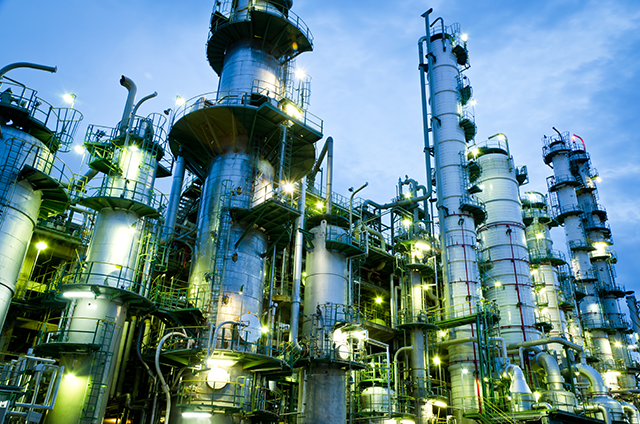Technology
- Name
- Generic Stoker-Type Incinerator
- Owner
-
/ Undefined Technology Provider - Brand
- Generic Stoker-Type Incinerator
- Process
- Waste Incinerators
- Type
- Grate Incinerator
- Available
- Technology #Tags
- #sustainability
-

- #TE287
Description
Your insights will be shown here
Content provided by
| Transaction | Name | Date |
|---|---|---|
| Modified by |
|
6/3/2025 7:55 PM |
| Added by |
|
1/6/2025 12:25 PM |









